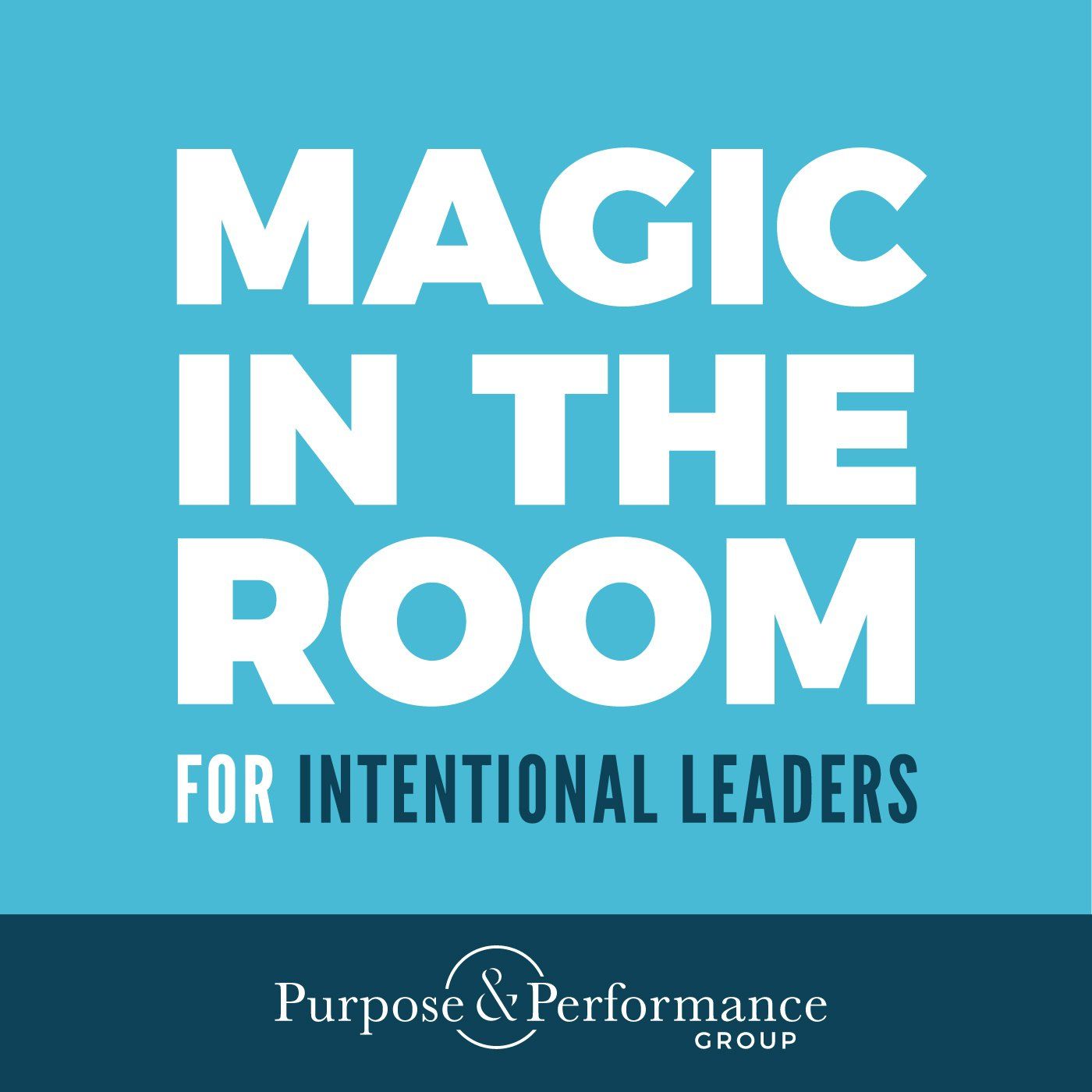When We Say Purpose
The following guest blog is is published with permission from Mike Tracy & Laura Nespoli from Meshin Movement.
Marketing has seen the rise of “purpose” for a number of years. And it’s come to mean different things to different people.
For some, saying you are a purpose-oriented brand means your brand is focused on supporting a cause, a social issue or specific values that are important to consumers and the world at scale. This is probably the most pervasive trend and how we understand purpose to be infiltrating the brand world. For others it may be less about cause support and more so a statement of why a company exists and how it intends to make customers lives better. It’s in this latter definition that we focus our work in articulating purpose for organizations.
Over the course of our times as Meshin, we’ve helped a number of different clients and organizations articulate their purpose. They’ve ranged in industry and vertical. Some non-profits, supporting a community, cause or issue. Others have been for-profit brands who have long been a part of their industry and market but needed an overhaul of their narrative. We’ve articulated purpose and brand strategies for start-ups. We’ve even had the great opportunity to develop the brand strategy for the region we live in, built around a regional purpose.
Regardless of the vertical, industry or business model, we’ve found that unlike a traditional brand framework that sometimes gets trapped in the hands of a marketing department, a universal purpose is a powerful tool to guide decisions across an organization.
Purpose aligns teams and gives them focus to connect with their customers in meaningful ways.
We wouldn’t have come to our approach to purpose without two very important partners we’ve had the fortune of working with. Grounded World and Purpose & Performance Group.
In fact, the single page articulation of brand purpose that we use is borrowed–with permission–from the amazing team at Grounded World.
Phil White and Heidi Schoeneck, co-founders of Grounded World, use a “BPP” model that they developed for their brand and creative agency that supports non-profit and other brands of social good. It is a single page articulation that includes a single-minded deeply human belief about the world, a purpose that articulates why the organization exists and how it intends to change the world for the better, and three pursuits the organization commits to in order to achieve that purpose.
The idea that an entire company should operate from this page really resonates with us. It is a simple articulation that everyone in the organization can operate against. For Meshin, as a team that blends brand and business-minded problem solving for clients, this method of articulating purpose as the foundation of a brand strategy makes complete sense–for ALL clients and brands, including for-profit brands. All organizations need to rally their teams around a belief about their world and understand the purpose of the company within that world. The pursuits give all teams alignment and clear answers on how to fulfill their purpose every day. And it has an entire company understanding their “story” in simple terms so they can all represent that story in actions and behaviors.
Not a few months in to our time developing brand strategies through a clearly defined purpose, we were hired to develop the brand strategy, messaging and marketing strategy for Purpose & Performance Group–a performance development agency. In their terms, purpose is all about shared intention to drive performance.
These brilliant organizational developers know that in order to improve the operational output of a company, they must align the people through a singular purpose. Through a clear purpose people understand their roles with clarity and accountability.
In our partnership with Purpose & Performance Group, we’ve deepened our understanding of how significantly a brand purpose can impact the performance of an entire organization. By living the purpose everyday, employees are more engaged, creating stronger output for the company but also exhibiting unified behavior–which ultimately delivers a more uniform brand story and experience in and outside of the company.
We live in world where brand is the result of more than just what you communicate through marketing. Brand is a resulting all-encompassing feeling of every visual, verbal, behavioral and experiential cue people have with your organization. By articulating a brand strategy through purpose, your entire organization has a clearer understanding of how to live the “brand.” Every individual has clarity on why they’re all there, working together and what change they are creating in the world. Whether that’s the world of your category, your customers’ lives or the global community overall.
Thanks to Grounded World and Purpose & Performance Group, we’ve broadened our view of the power of purpose in shaping exceptional brand experiences.
The post When We Say Purpose appeared first on Purpose and Performance Group.


